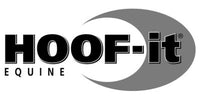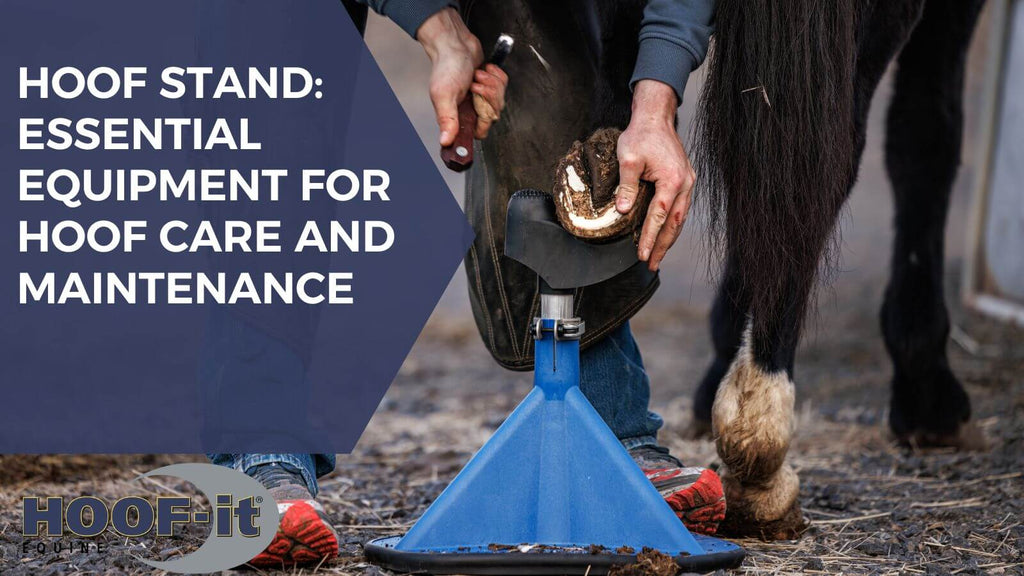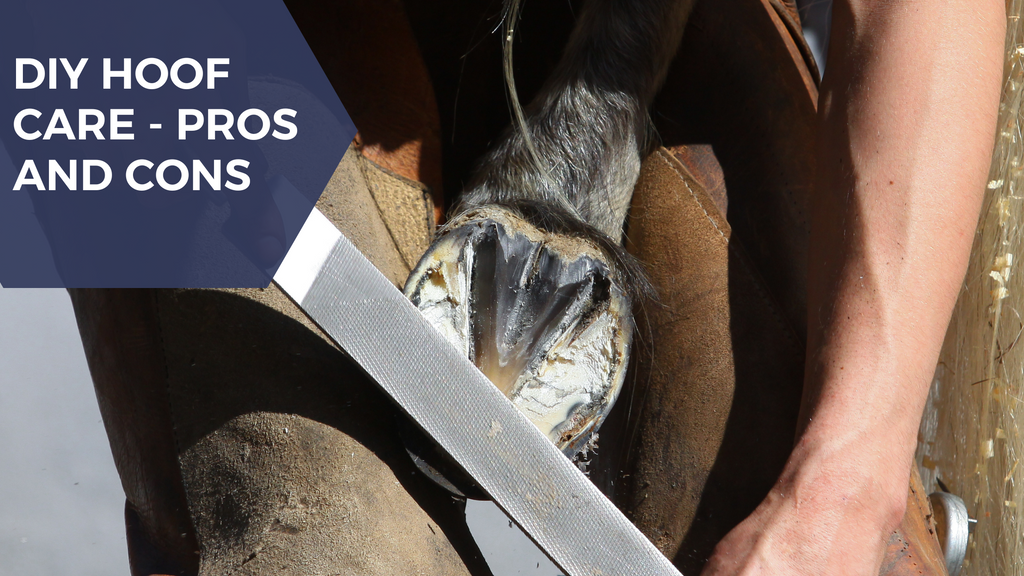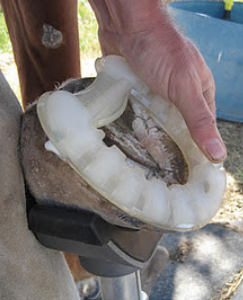Hoof Stand: Essential Equipment for Hoof Care and Maintenance
Why Every Farrier and Horse Owner Needs a Hoof Stand
A hoof stand is a must-have tool for farriers, horse owners, and equine professionals. It provides a stable platform for hoof care, reducing strain on both the horse and the handler. A high-quality hoof stand enhances efficiency, safety, and precision when trimming, shoeing, or maintaining hooves.
Benefits of Using a Hoof Stand
1. Improves Safety and Comfort
A hoof stand minimizes stress on the horse's legs by offering support during hoof care. It also prevents strain on the farrier’s back, reducing fatigue and injury risks.
2. Enhances Precision in Hoof Trimming
With a secure and stable base, trimming and shoeing become more precise. A well-positioned hoof reduces movement, allowing for cleaner and more accurate cuts.
3. Versatile for Various Hoof Care Tasks
A hoof stand is useful for multiple tasks, including:
-
Hoof trimming
-
Horseshoeing
-
Cleaning and treating hoof conditions
-
Applying hoof polish or dressings
Types of Hoof Stands
1. Adjustable Hoof Stands
These stands offer customizable height settings, making them ideal for horses of different sizes. They provide flexibility for different trimming and shoeing angles.
2. Fixed-Height Hoof Stands
While these stands offer strong and stable support, their lack of adjustability can be limiting for both the horse and the handler. Without height adjustments, they may not provide the most ergonomic or comfortable positioning for trimming or shoeing.
3. Hoof Stands with Rubber or Foam Tops
These stands provide extra comfort by reducing pressure on the horse’s hoof. The soft surface prevents slipping and adds stability.
How to Choose the Best Hoof Stand
1. Sturdiness and Durability
Look for hoof stands made from high-quality steel or reinforced plastic. A solid base prevents wobbling and enhances safety.
2. Adjustability
An adjustable hoof stand allows for easy height modification, catering to different horses and farrier preferences.
3. Non-Slip Base
A rubberized or textured base prevents the stand from moving during use, improving stability and safety.
Proper Use and Maintenance of a Hoof Stand
1. Positioning the Stand Correctly
Place the hoof stand on a level surface. Ensure the horse is comfortable before lifting its leg onto the stand.
2. Adjusting the Height
For front hooves, set the height to a comfortable level for the horse. For rear hooves, adjust slightly lower to reduce strain.
3. Cleaning and Storage
After each use, wipe down the stand to remove dirt and hoof debris. Store it in a dry place to prevent rust and wear.
Conclusion
A hoof stand is an essential tool for proper hoof care. It enhances safety, improves precision, and makes hoof maintenance easier for both the horse and handler. Investing in a quality hoof stand ensures better results and a more comfortable experience for all involved.



